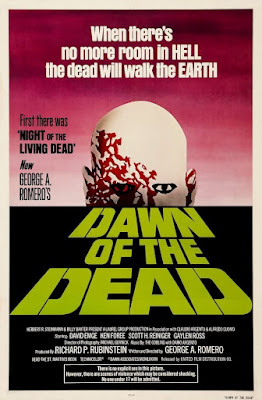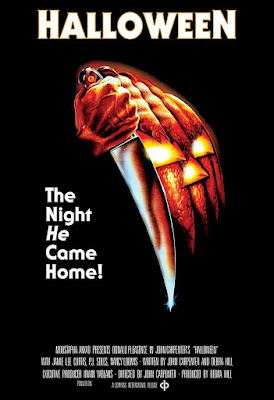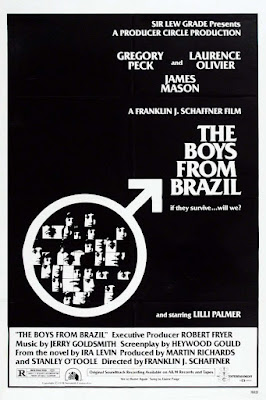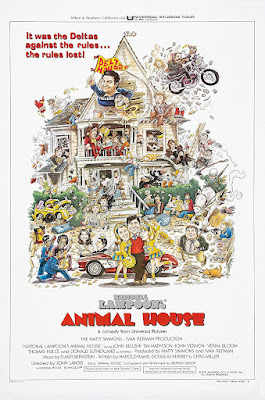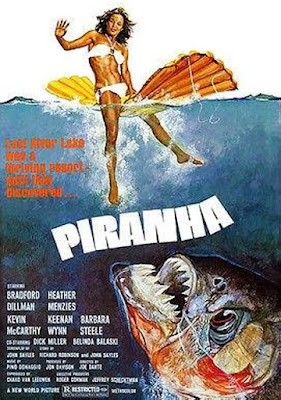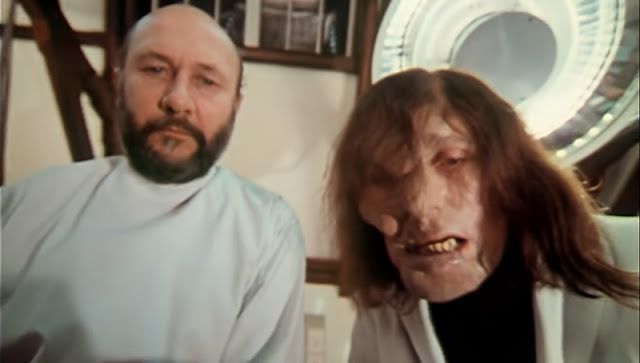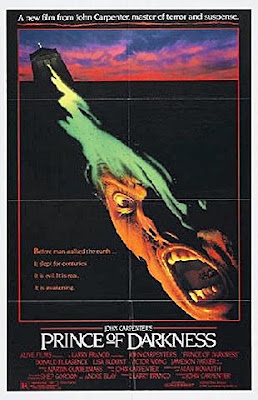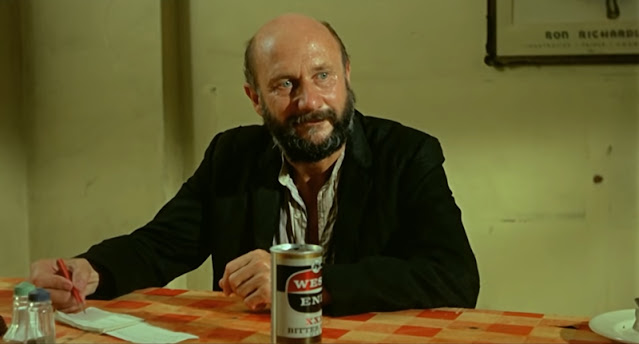Night and Fog (1956) 10 years after the liberation of Auschwitz, French filmmaker Alain Resnais revisited the grounds of the infamous concentration camp. The bucolic, tranquil surroundings (filmed in color), belie the fact that this was once the backdrop for some of the greatest atrocities perpetrated in the 20th century. The buildings are dilapidated and covered in overgrown foliage, but the stories remain, like a wound that refuses to heal. Through archival footage and stills, Resnais illustrates through visuals and narration (written by concentration camp survivor Jean Cayrol) how the Nazis set out to systematically extinguish the people they deemed undesirable. The film’s scant 30-minute length tells a sobering, heart-wrenching true-life horror story that no imaginary tale could ever match. It’s a difficult, but all-too-necessary watch, filled with imagery that will remain burned into my cerebral cortex forever.
Rating: *****. Available on Blu-ray and DVD
Paris is Burning (1990) Director Jennie Livingston’s film about the drag pageant scene in 1980s New York is joyous and depressing in equal parts. Amidst poverty, abuse, and bigotry, there’s one place where the African American and Latino LGBTQ+ community can live out their fantasies. We meet the members of several “houses,” getting acquainted with their differing styles and philosophies. Despite the myriad conflicts and personal tragedies, the overarching message is a positive one, depicting people embracing their true selves. While it’s a snapshot of a different era, the issues and themes are still just as salient now. Although fashions change, hate and discrimination, unfortunately, never seem to go out of style. In an era of increasing divisiveness and diminishing compassion, this should be required viewing for high school students (and anyone who wants to expand their consciousness).
Rating: ****½. Available on Blu-ray and DVD
Anvil! The Story of Anvil (2008) Steve “Lips” Kudlow and Robb Reiner (no relation to that Rob Reiner) started a heavy metal band as teenagers and toured with some of the biggest names in the business in the late ‘70s and early ‘80s. Fame, however, has always eluded them. Now in their early fifties, they’re desperately trying to gather the cash necessary to produce another album, and hopefully another shot at the big time. Their disastrous European tour and squabbles in the recording studio beg inevitable comparisons to This is Spinal Tap, but their story rises above mere self-parody. Above all else it’s about persistence in the face of numerous setbacks and personal hardship; sticking with their childhood dreams, when common sense dictates they should have quit long ago. Director Sacha Gervasi hits all the right buttons in this surprisingly nuanced, sympathetic profile. While it might not make you a fan of their music, it’ll make you a believer in never abandoning your ideals.
Rating: ****. Available on Blu-ray and DVD
The Howlin’ Wolf Story: The Secret History of Rock ‘n Roll (2003) This low-key, informative documentary covers the life and career of blues legend Chester Burnett, best known as “Howlin’ Wolf,” told through interviews with the people who knew him best. The film chronicles his humble childhood beginnings in the South, followed by his rise to fame in Chicago. One thing that sets this documentary apart from many others is that it doesn’t just play snippets of his music, but complete songs, allowing his work to speak for itself.
Rating: ***½. Available on DVD and Amazon Prime
(Freevee)
Sickies Making Films (2018) This film’s eye-catching title comes from a quote by Mary Avara, who led the locally appointed Maryland State Board of Censors (the last state in the U.S. to have such a committee). We hear recollections from scholars and filmmakers (including Baltimore-based filmmaker John Waters) about some of the struggles with the board’s decisions, many of which were often arbitrary. It’s a fascinating examination of artistic expression versus artistic hindrance.
Rating: ***½. Available on DVD and Kanopy
Lucha Mexico (2016) Documentarians Alex Hammond and Ian Markiewicz follow the colorful world of Lucha Libre, the professional wrestling circuit in Mexico. We learn the good, the bad, and the ugly about the wrestling scene, through interviews with some of the heavy hitters, including Shocker (aka: 1000% Guapo), Blue Demon Jr., and Sexy Star. It’s a profession that many pursue, but few succeed, exacting a tremendous mental and physical toll. If you thought everything in the ring was fake, this might change your mind.
Rating: ***½. Available on DVD, Tubi and Kino Cult
Diving into the Unknown (2016) Director Juan Reina provides an exclusive glimpse into a hidden part of our world that most of us will probably never see. We meet a Finnish group of divers who participate in one of the most hazardous sports on the planet: exploring underwater caverns. After a tragic incident in Norway that left two of their friends dead, the remaining team of divers embark on a perilous (and illegal) mission to recover the bodies. Diving Into the Unknown benefits from some claustrophobic cinematography, giving us a taste of what it must be like to enter these dark, foreboding, underwater crevices.
Rating: ***½. Available on DVD and Tubi
Filmed in Supermarionation (2014) Lady Penelope and her faithful butler Parker host an affectionate look at Gerry and Sylvia Anderson’s puppetry process, dubbed “Supermarionation.” From the late ‘50s to the late ‘60s, their television shows (including Thunderbirds and Captain Scarlet), became a ubiquitous fixture on British television, featuring increasingly innovative and elaborate effects. Gerry and Sylvia (along with several of the cast and crew members who collaborated with them) share their memories about the numerous challenges of their productions. As an officially sanctioned documentary, Filmed in Supermarionation glosses over some of the behind-the-scenes drama, but it’s an amusing, informative tour for casual and die-hard fans alike.
Rating: ***½. Available on Blu-ray, DVD and Tubi
Heavy Petting (1989) Obie Benz and Joshua Waletzky piece together attitudes and recollections about sex from children of the ‘50s. David Byrne, Sandra Bernhard, Abbie Hoffman, and others recollect their early (and frequently awkward) sexual experiences, contrasting the “wholesome” Hollywood image of the era. Interspersed between the interviews are clips from several vintage instructional films that reinforce the push-pull between antiquated morality and the exploration of sexual boundaries.
Rating: ***½. Available on Amazon Prime
Project Grizzly (1996) This is the story of one-of-a-kind Canadian eccentric Troy Hurtubise,* on a quest to build the perfect grizzly-proof suit. At great personal expense (and physical risk), he puts the latest iteration, the “Ursus Mark VI,” through its paces. Sporting a stylized mullet, red beret, and buckskin jacket, the fast-talking Hurtubise comes across as something between a shyster and a shaman. If you crossed a goofy inventor with a would-be commando, and a used car salesman, you might get something like him. Whether he succeeds or fails is less relevant than getting the chance to spend 90 minutes with this one-of-a-kind crackpot.
* Not-So-Fun-Fact: Hurtubise survived the death-defying exploits with various versions of the Ursus suit (including a confrontation with a grizzly in 2001), only to meet his demise in a car crash in 2018.
Rating: ***½. Available on DVD



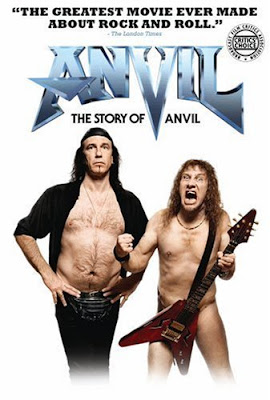

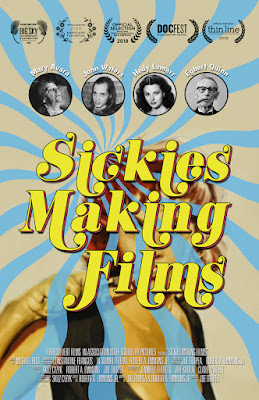

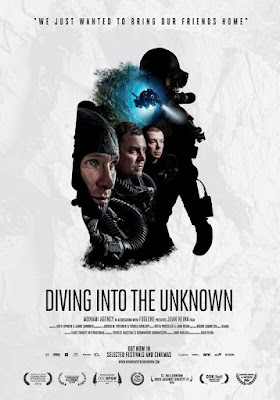
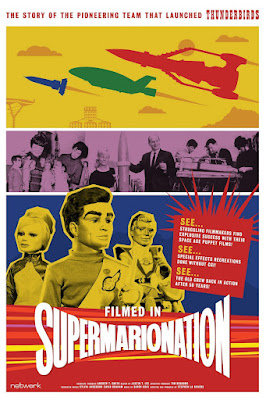



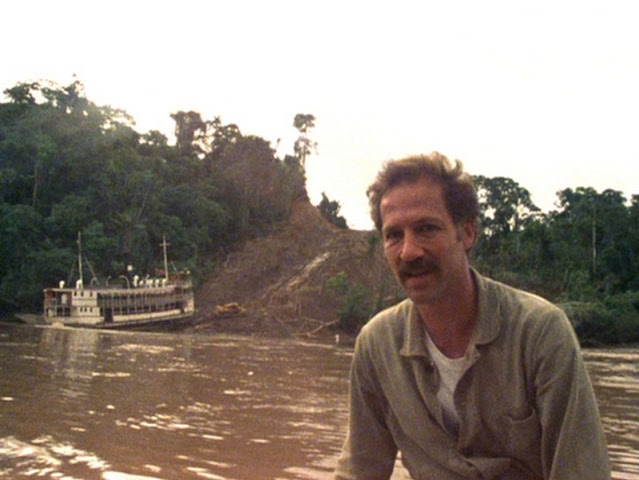
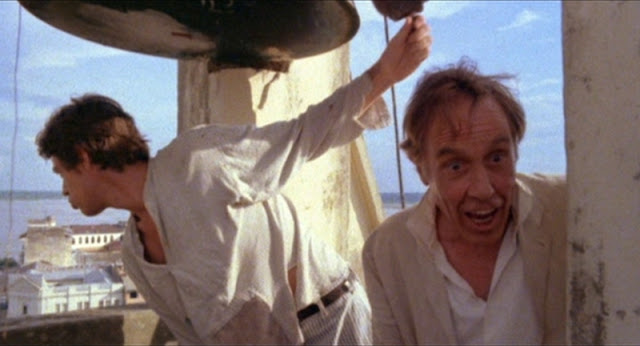








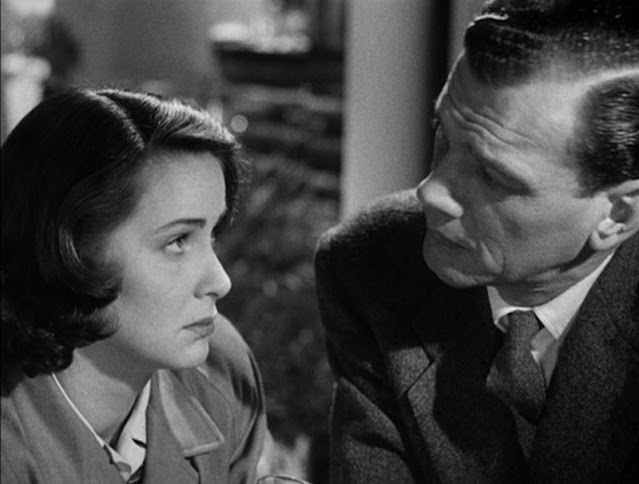

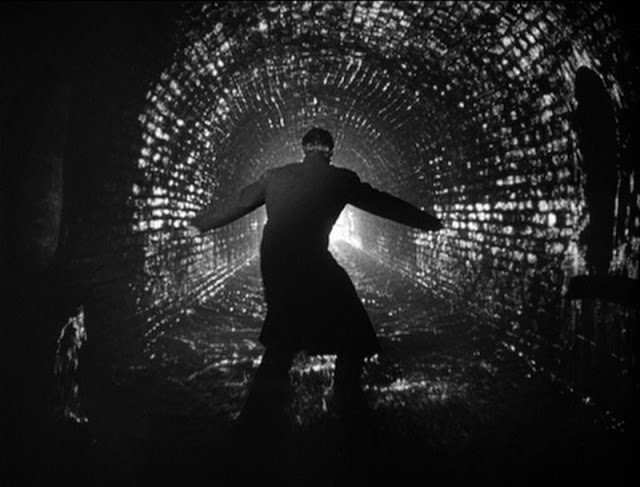
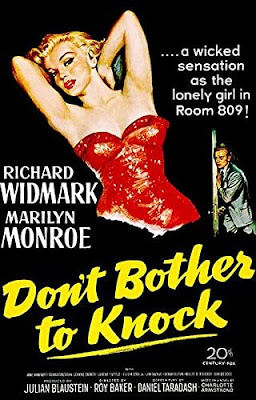



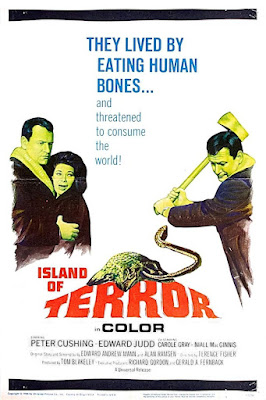
.jpg)




